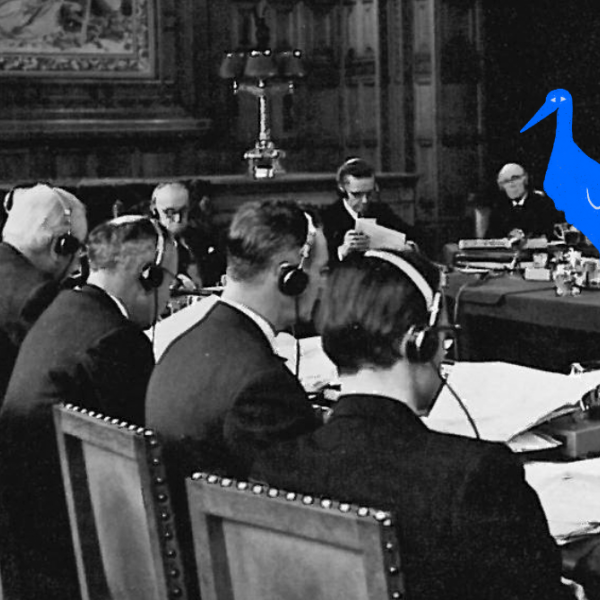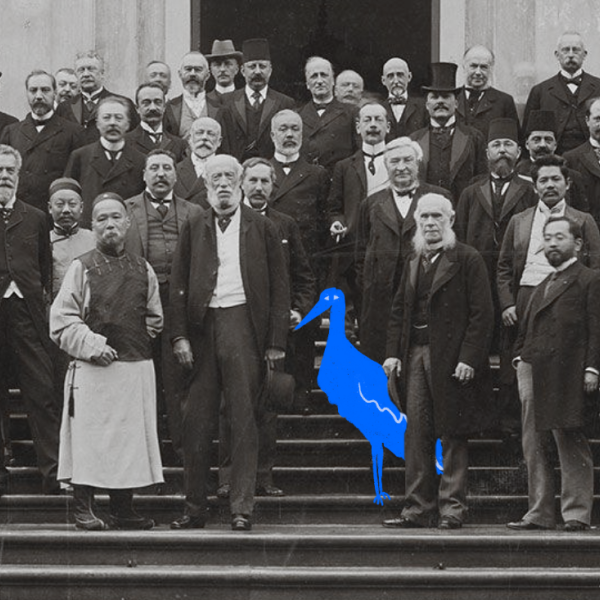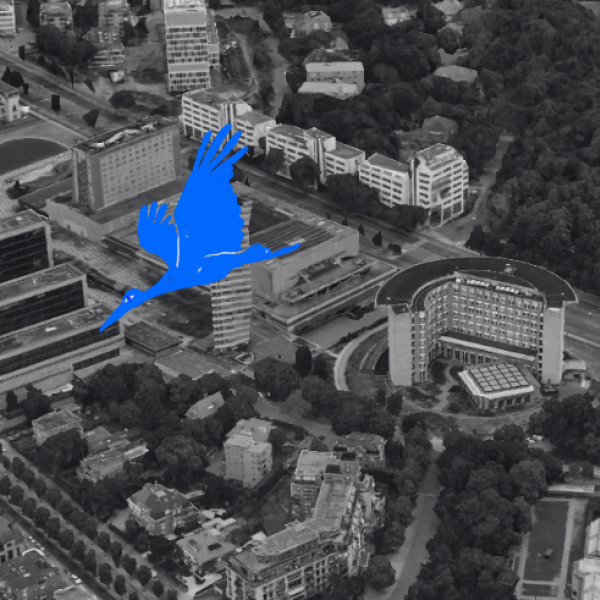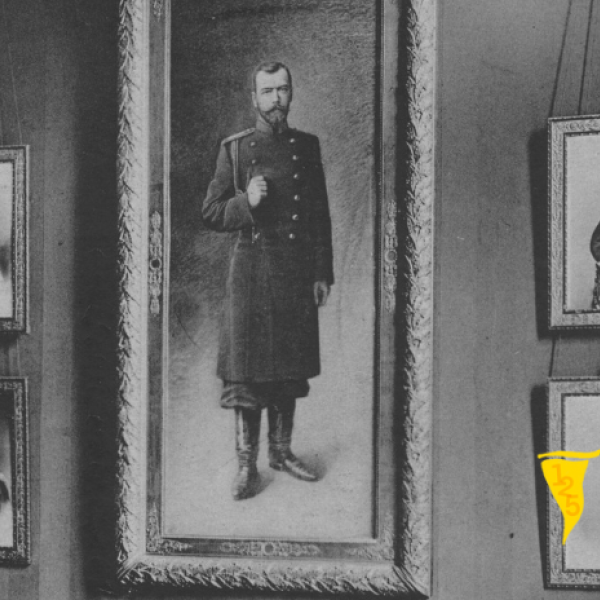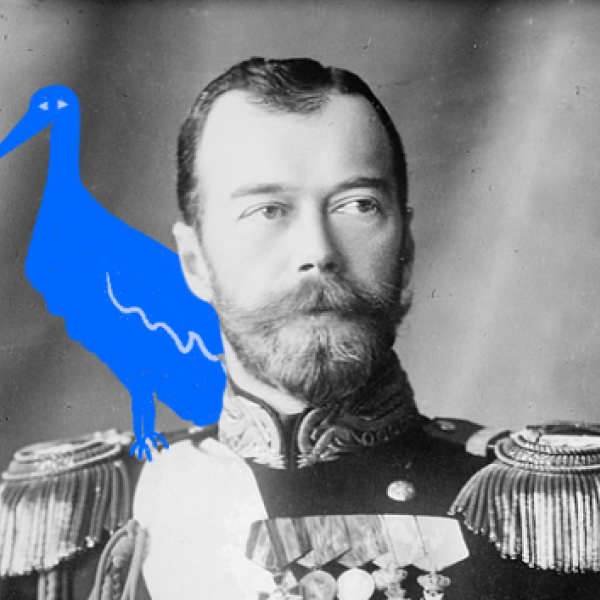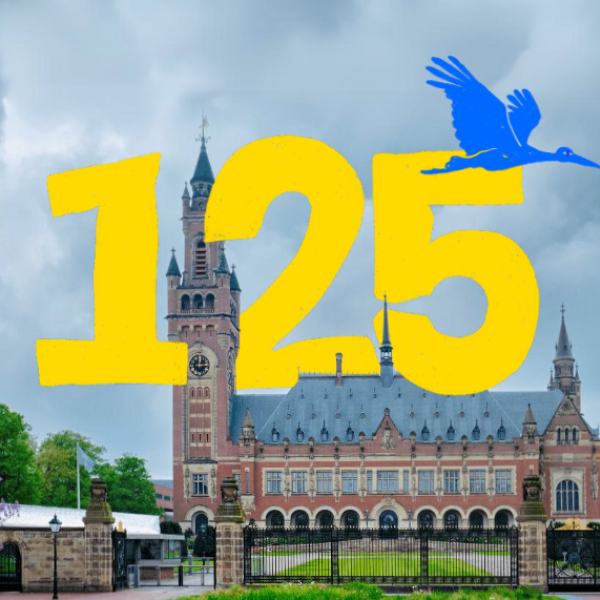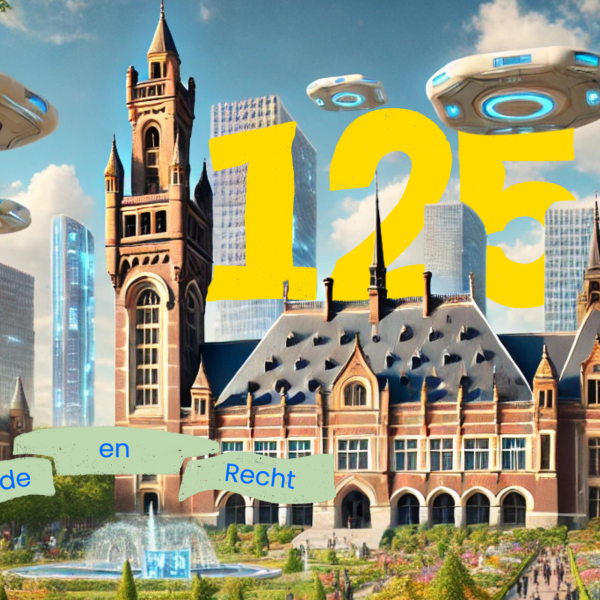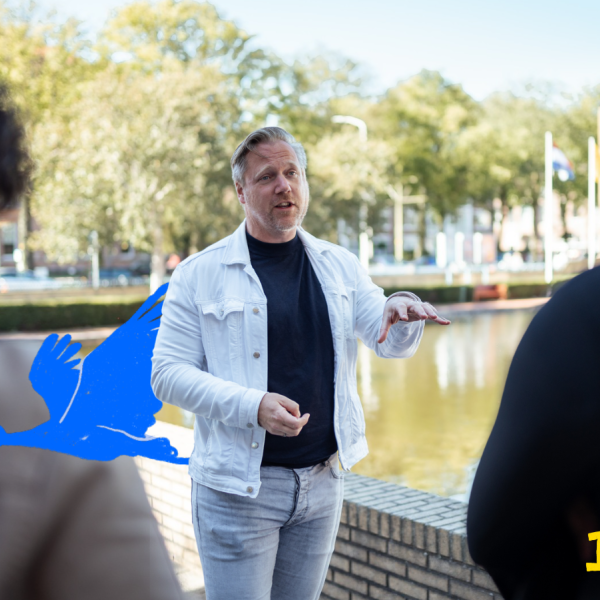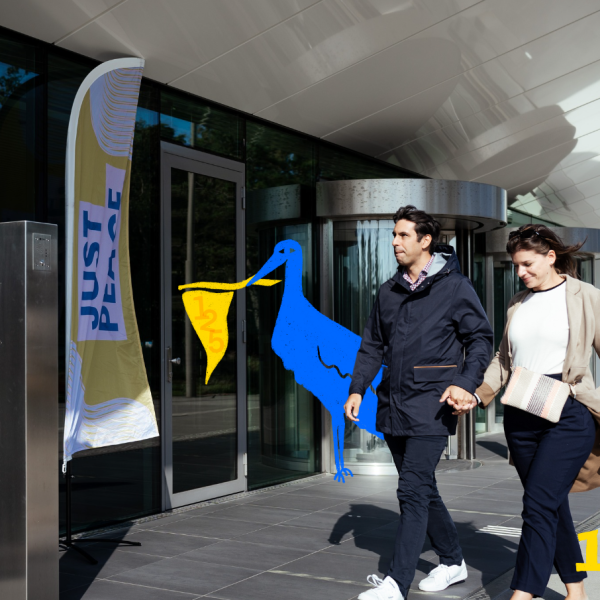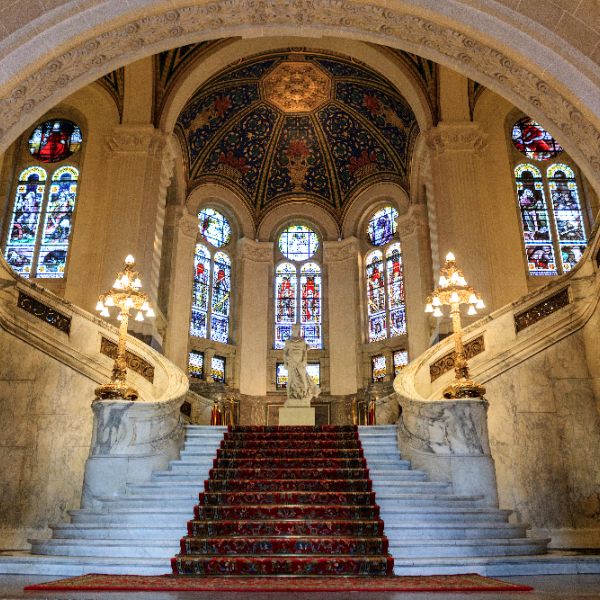Bigger, more concrete and effective: The Second Hague Peace Conference
In a city where people of more than 180 nationalities congregate and live, and where nearly 500 international organizations are based today, it is pretty self-evident that The Hague bears the title of Peace and Justice. But how did it come to be so? And to what does the city owe its well-deserved title. In eight short stories Just Peace (in cooperation with the municipality of The Hague) takes you through the history, present and future of the City of Peace and Justice.
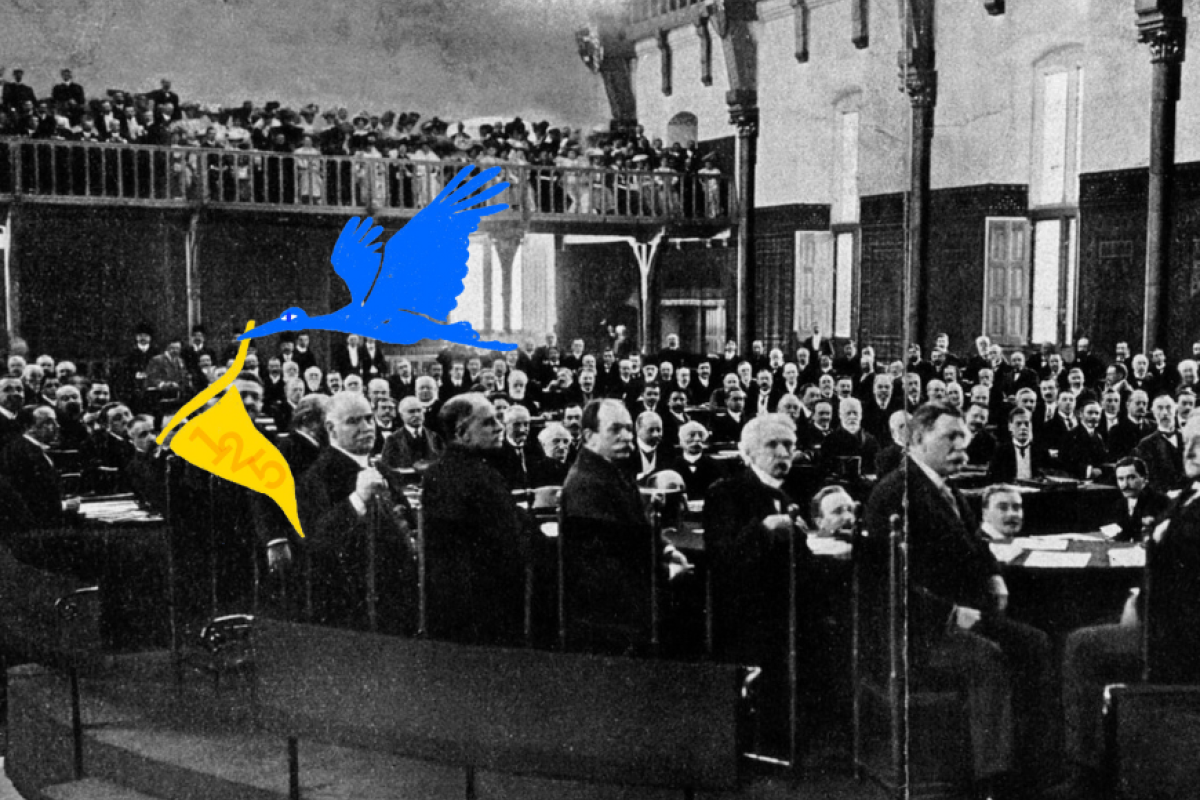
Despite the First Hague Peace Conference, which concluded in in July 1899, preparing the stage for international peace negotiations, visible and physical peace, particularly with two major wars – The Boer War (1899-1902) and Russo-Japanese War (1904 to 1905) taking place in between the conferences, still felt far out of reach. In the hope to build upon the First Hague Peace Conference, the United States President Roosevelt proposed the Second Hague Peace Conference. The conference took place from June 15 to October 18, 1907.
The Conference
This time 44 country delegates gathered in The Hague. The conference was not just bigger in numbers but also in reach, with 17 delegates Latin American and Caribbean nations present. In fact, this was the first time independent Latin American nations participated in such an international diplomatic conference. This increase in participating people meant the Huis ten Bosch, where the delegations meant in 1899, was too small. Instead the conference’s attendees meet in the newly restored Hall of Knights (Ridderzaal) in the Binnenhof. A location right in the heart of The Hague and Dutch politics for that matter!
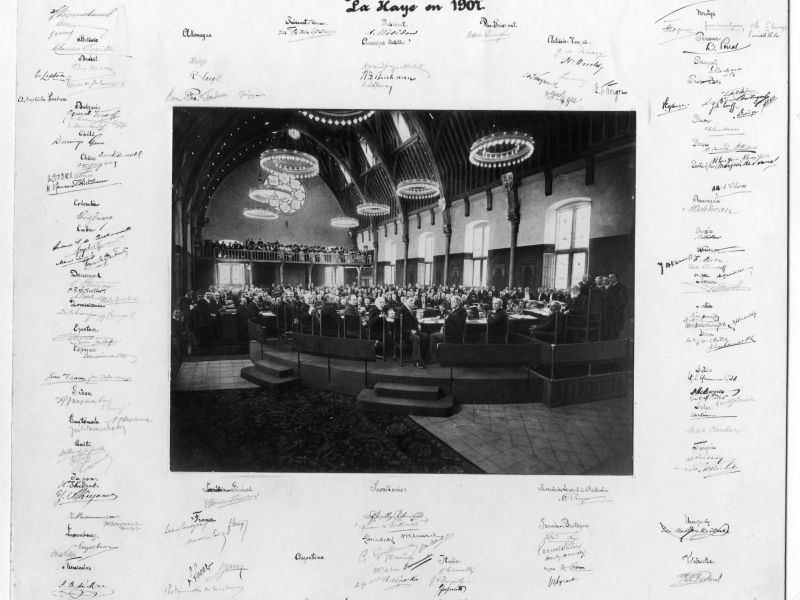
What was discussed?
The 1907 peace conference was a continuation of the negotiations and agreements made at the first Hague Peace Conference of 1899. The aim of this new round of negotiations was to promote peace through diplomatic solutions and continuing to find agreements on how to limit the atrocities of war. The Second Hague Peace was not meant to be the last but with the onset of the First World War in 1914, the planned third edition of the Hague Peace Conference was cancelled. Nevertheless, the ideals set into motion at the Hague conferences found their physical manifestation after the war through Permanent Meeting of the League of Nations in Switzerland. The League of Nations was the first global intergovernmental organization with the goal of achieving world peace. The organization was the forerunner of the United Nations.
Like the First Hague Peace Conference, the aim and significance of the conference was that it attempted to humanize war. The conference, alongside it’s 1899 counterpart are considered “the first truly international assemblies meeting in time of peace for the purpose of preserving peace” (James Brown Scott, 1920). Nonetheless, the idea of limiting the physical possession of arms and military budgets continued to avoided.
Did you know...
While it may seem a more recent global concern, the environmental impacts of warfare were discussed at the 1907 conference.
The physical manifestation of peace in The Hague came into being during the second Hague Peace Conference with the foundation stone of the Peace Palace or ‘Temple of Peace’ being laid on June 30, 1907. The construction of the Peace Palace was made possible by a donation of one million dollars from the American philanthropist Andrew Carnegie. The ceremony marked the beginning of the construction of the palace that would officially open its doors six years later in 1913, rather ironically at the dawn of the First World War.
The Peace Palace became home to the Permanent Court of Arbitration. It also later housed the predecessor to the United Nations International Court of Justice, The League of Nation’s Permanent Court of International Justice, and the Hague Academy of International Law. The Peace Palace, to this day is managed by the Carnegie Foundation, which also maintains the world’s largest library on international law. This world-famous peace icon is one of the most important symbols of peace in The Hague, acting as a constant reminder of the Hague’s unique international position as the City of Peace and Justice.
Want to learn more about The Hague's history as the International City of Peace and Justice? Follow this series directly on the Just Peace website or on our Instagram @justpeacethehague.


